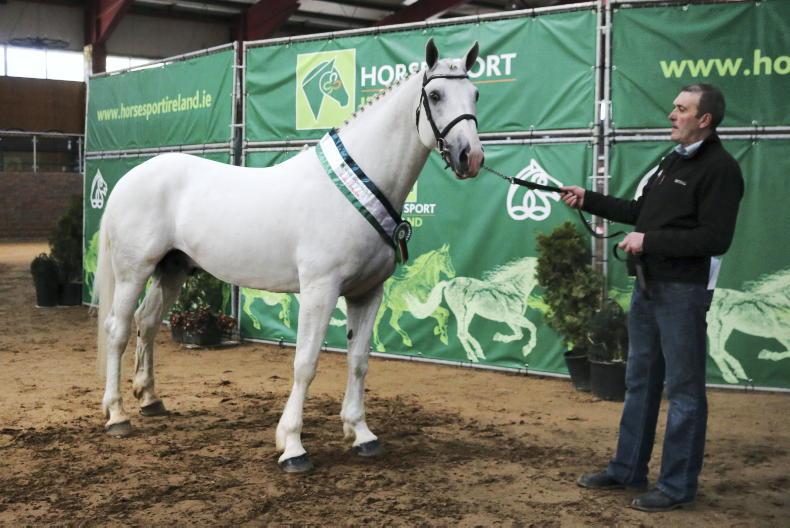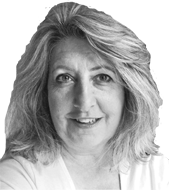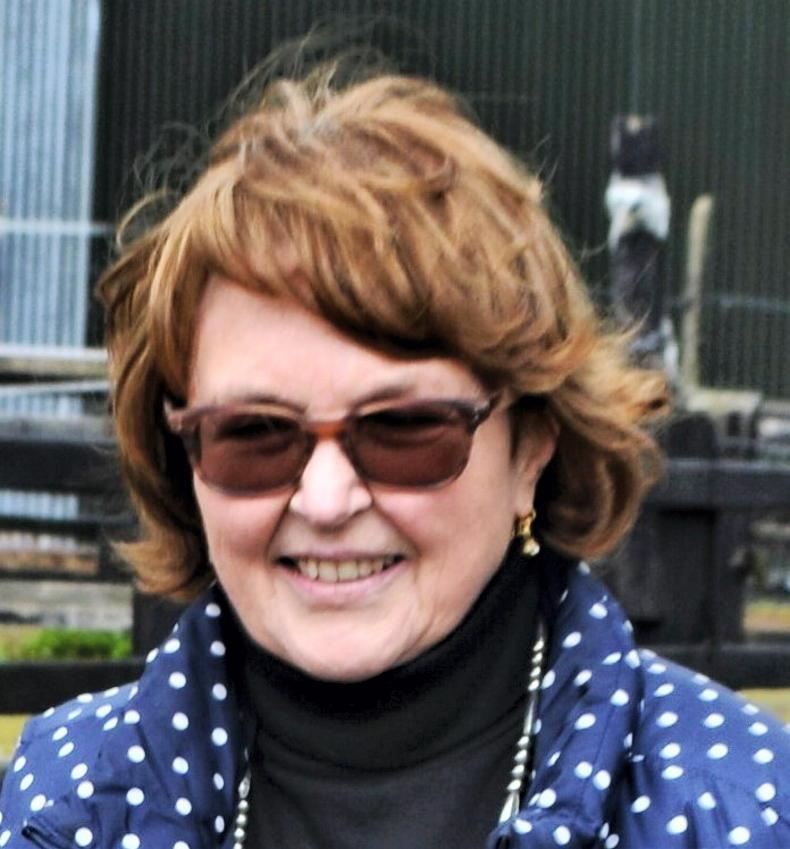I GREW up in Brownstown Stud – one of the oldest thoroughbred stud farms in the world. As well as thoroughbreds, my father also kept show jumpers and hunters.
Naturally I had a pony too, a small, black mixed breed called Bunty that did tricks such as sitting down, wearing a hat and pretending to smoke a pipe. At least I think he was pretending!
I later had a wonderful Connemara pony called Easter Glory, bought from Sean Daly, who could do everything. I am old enough to remember all the mucking out being done with a horse and cart pulled by a working horse – what we now know as an Irish Draught horse. So from the very beginning I was steeped in horses of all kinds each with their different roles.
The other part of my life involved an academic study of Painting Conservation. I attended Trinity College Dublin, the Courtauld Institute, London University and received a Fellowship to Harvard University. I worked in the USA for a number of years including as Consultant Conservator at the J.Paul Getty Museum in Malibu.
When I came home, I worked for the National Gallery, the National Museum, IMMA and the Hugh Lane Gallery. I lectured in Trinity for many years on the materials and techniques of painting.
I also took up where I left off with horses, including carriage driving and breeding Irish Draughts. By this time I had bought my small holding at Rosetown and one of my first purchases was Suma’s Folklore from Marily Power and Susie Lanigan-O’Keeffe. Denise Norton showed her for me and won a number of championships and working hunter classes around the country.
Next came Rosetown Annie. She had been put up for sale as a foal by Fintan Brannigan. She had the most amazing walk around the ring at Tattersalls and I couldn’t resist buying her. Denise showed her brilliantly throughout her career winning champion at the National Irish Draught Show, champion and reserve champion in the RDS and national performance champion. She went on to become a successful broodmare.
Coming from a thoroughbred background, I am a firm believer in the importance of the dam line in breeding horses. There is nothing like having a good mare with a foal full of possibilities. I never had more than two Irish Draught mares at a time but they were lovely mares.
1. Tell us about Rosetown Rambler (Fast Silver - Dreamtime Sarah Ann), another Class 1 stallion at the HSI inspections.
Rosetown Annie was a wonderful mover and I was looking for a stallion that had excellent conformation and movement as well. Gabriel Slattery was standing Echo King; a lovely, active stallion with a great temperament and outstanding movement. The resulting foal was a leggy bay filly Dreamtime Sarah Ann.
In fairness, Sarah Ann, while having good bone and temperament, was lighter than a classical Irish Draught. When the time came to breed from her, I chose a lovely old-fashioned stallion, Fast Silver, who I felt would complement the mare and give the foal more substance. The result was Rosetown Rambler, currently owned by Johnny Geoghegan, who made Class 1 at Cavan this year.
2. Proudest moment as a breeder?
Having an Irish Draught stallion approved is wonderfully exciting. It came as a great surprise – all credit to Gabriel Slattery and Johnny Geoghegan for producing Rosetown Rambler to look and perform so well.
3. Best advice you ever got?
Breed the best to the best and hope for the best!
4. Favourite broodmare?
Suma’s Folklore: a kind and gentle mare. A pleasure to have around.
5. What is your template of a good Irish Draught?
Not too big. A lovely topline. Good limbs. A great walk and an excellent temperament.
6. Joe McGrath was a great pioneer for showcasing Irish Draughts.
My father Joe loved horses of all kinds. He showed, raced, show jumped, was master of the Naas Harriers and bred many Classic winners. At one stage, he put together a team of four Irish Draught mares which he drove at Millstreet, Westport and Dublin, where he drove the Lord Mayor’s coach in various parades and at the RDS.
One year when he had a broken wrist, I got to drive the team pulling the Lord Mayor’s coach from the Dail, up around Stephen’s Green, down Grafton Street and O’Connell Street and up to Parnell Square – an unforgettable experience!
7. What do you think are the greatest challenges facing Irish Draught breeders?
I love traditional features, such as medium size, a nice head, good flat bone, loose flowing movement and intelligence, commonsense, soundness and easy to work with. These features evolved out of the uses to which the Irish Draught was put over the years.
The tradition was a horse that could “Plough, sow, reap and mow, go to church and hunt”. That way of life that resulted in the development of the Irish Draught horse is gone forever.
The danger now is that if the horse is bred solely for performance – showing, jumping or dressage – some of these traits could be lost. Although today’s horse exists in a very different world, we should cherish the qualities that contributed to its popularity as a safe, sound horse that will take care of its rider.
The Garda Mounted Unit use exclusively Irish Draught horses because of their intelligence and trainability.
8. Breeding Irish Draughts – would you do it again?
In a heartbeat.
9. Favourite quote?
“Horses in Ireland are a drug but with care could be improved to a commodity” – William Petty 1623-1687. Dream on William!
10. Do native breeds matter?
I remember a civil servant, who shall be nameless, asking “What use are they?” If it was now, I would have been ready with an answer. You might as well ask what use is history? What use is biodiversity?
Ireland is an agricultural country and up to the middle of the 20th century, native breeds were part of everyday life. The Irish Draught, the Connemara Pony and the Kerry Bog Pony played an important part in country life and life on the small farm.
There were a great number of associated trades: wheelwrights, carriage builders, harness makers, creel makers, farriers, etc., contributing to the richness of craft skills to be found in the Irish countryside.
These horses form an important part of our social history but, more than that, they are a rich genetic resource and part of Ireland’s unique inheritance. Other countries have native breeds, but these are ours: exceptional and irreplaceable.


 This is a subscriber-only article
This is a subscriber-only article
 It looks like you're browsing in private mode
It looks like you're browsing in private mode






SHARING OPTIONS: